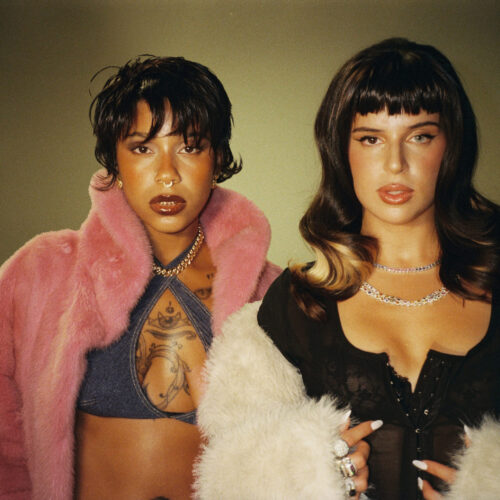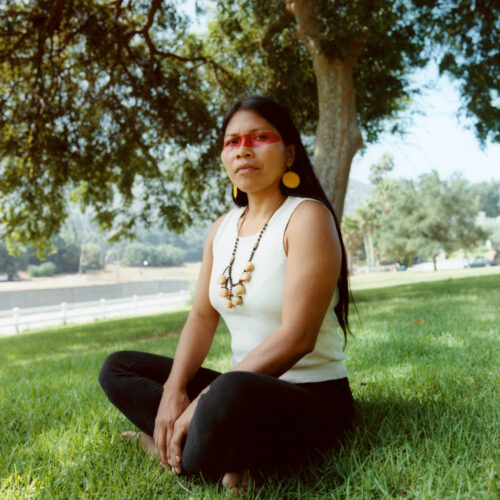The story of how Mexican artists Frida Kahlo and Diego Rivera met is well known in Fridalandia lore. It was 1928 and Kahlo was a young artist. She asked the established Rivera, 20 years her senior, for advice on her work—showing him her art and asking if she should pursue her passion professionally. Rivera was impressed, to say the least, and the rest is history.
Kahlo and Rivera quickly married and embarked on a tumultuous and toxic relationship that was excruciatingly painful yet inspiring for Kahlo’s work. She would spend the rest of her life caught in a battle between resentment and longing for Rivera, who cheated on her with multiple people, including her own sister.
Kahlo and Rivera’s relationship is part of cultural history. It’s been written about in academia, portrayed on screen, and studied for controversial feminist implications. Now, Kahlo’s iconic self-portrait “Diego y Yo” (Diego and I) is expected to sell for $30 million when it goes up for auction in New York later this year. The historic sale will set a record for a work by a Latin American artist, and exceed Kahlo’s public auction record of $8 million that was set in 2016, according to Sotheby’s.
Even more satisfying for the abandona tu Diego Rivera enthusiasts, the sale would also surpass the previous $9.8 million auction record set by Rivera. Only one of these two artists’ imagery is ubiquitously recognizable, after all.
“Diego y Yo” is Kahlo’s final self-portrait of the 1940s and captures the psychological and emotional grip that Rivera had on the artist. Kahlo’s hair, usually braided, is loose and wrapped around her neck like rope, strangling her. Even more telling is that Rivera’s bust occupies the space where Kahlo’s third eye would be—he is omniscient and domineering. The third eye is instead depicted on Rivera. Like an unwilling possession, Kahlo’s eyes may gaze directly at the viewer, but she is consumed by her partner’s thoughts and deeds. According to Sotheby’s, Kahlo painted “Diego y Yo” after learning that he had an affair with Maria Felix, a movie star and personal friend of Kahlo’s. She was distraught.
In a letter she wrote to Rivera in 1953, moments before having her leg amputated, she does not leave any minced words, “I’m writing to let you know I’m releasing you, I’m amputating you. Be happy and never seek me again. I don’t want to hear from you, I don’t want you to hear from me. If there is anything I’d enjoy before I die, it’d be not having to see your fucking horrible bastard face wandering around my garden.”
The following year, she would die of a pulmonary embolism or a suspected suicide—the culmination of eternal emotional and physical suffering. On her deathbed, she would leave behind an anniversary gift to Rivera, months in advance.
“Frida Kahlo is a global icon of modern art whose work is beloved around the world. Diego y yo, epitomizes the painstakingly detailed rendering, complex iconography, and deeply personal narratives that are hallmarks of her mature painting,” Anna di Stasi, Sotheby’s director of Latin American art, said in the statement.
“Diego y yo” will be on view to the public in Hong Kong from October 7 to 11, and in London October 22-25. It will then return to New York for exhibition before the November sale.









